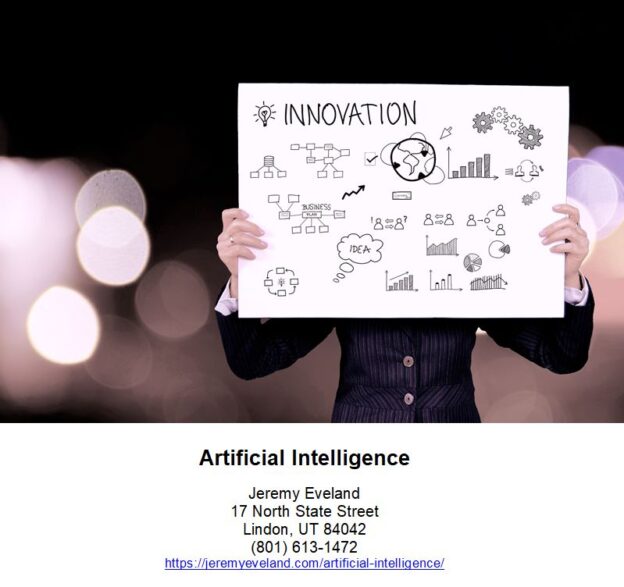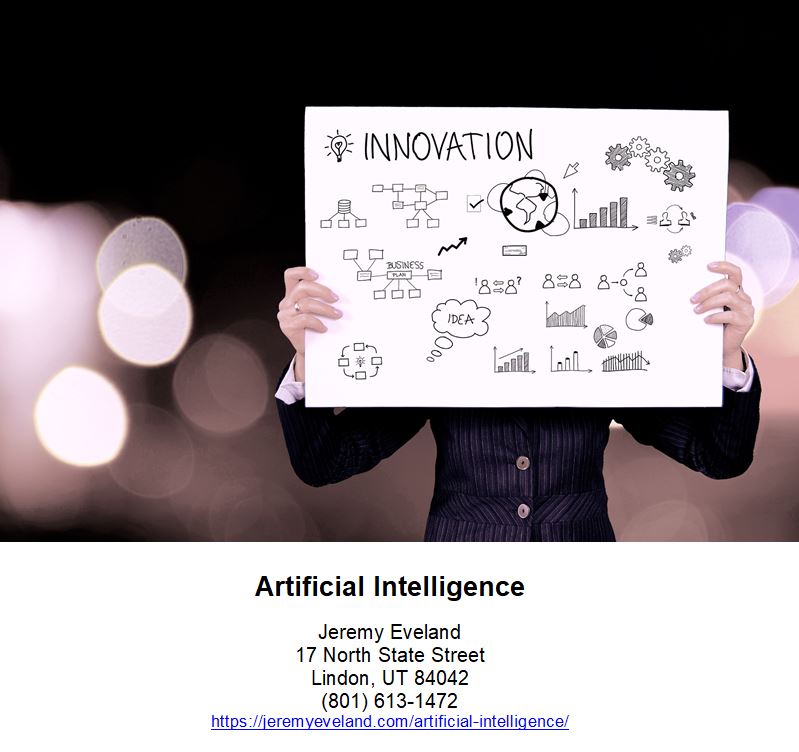In today’s digital age, social media platforms have become dominant players in our interconnected world. They have transformed the way we communicate, share information, and connect with others. However, behind every photo, status update, and hashtag lies a vast pool of user data, which holds immense value for businesses and marketers. The topic of social media user data access has garnered significant attention and raised important legal questions regarding privacy and data protection. In this article, we will explore the intricacies of this subject, examining the rights and responsibilities of businesses when it comes to accessing and utilizing social media user data. Whether you are a business owner or a concerned individual, understanding the legal landscape in this area is crucial. So, read on to gain valuable insights and answers to some frequently asked questions about social media user data access.

What is Social Media User Data Access?
Social media user data access refers to the process of obtaining and utilizing the information that individuals share on social media platforms. This includes personal details, preferences, behaviors, and interactions. With the widespread use of social media, businesses have recognized the potential value of this data in improving their marketing strategies, understanding their target audience, and gaining a competitive edge in their respective industries.
Importance of Social Media User Data Access for Businesses
Access to social media user data is crucial for businesses as it provides them with valuable insights into their target market. By analyzing user data, businesses can develop a better understanding of consumer behavior, preferences, and trends, allowing them to tailor their products and services to meet customer needs more effectively. This data access also enables businesses to personalize their marketing efforts and provide targeted advertising that resonates with their audience, increasing the likelihood of conversions and sales.
Understanding Social Media User Data
Types of User Data
Social media platforms collect a range of user data, including demographic information, location, interests, browsing history, and social connections. This data provides businesses with a comprehensive view of their target audience, allowing them to create more personalized marketing strategies and deliver relevant content.
Collection Methods
User data is collected through various methods, such as user registrations, cookies, tracking pixels, and interactions with posts and advertisements. Social media platforms employ sophisticated algorithms and analytics tools to gather and analyze this data, providing businesses with valuable insights into user behavior and preferences.
Uses of User Data
User data access enables businesses to enhance their marketing strategies by effectively segmenting their audience, developing targeted advertising campaigns, and personalizing user experiences. Furthermore, this data can be utilized to gain competitive intelligence, monitor brand perception, and identify opportunities for growth and innovation.
Legal Considerations for Social Media User Data Access
Privacy Laws and Regulations
Accessing and utilizing social media user data are subject to privacy laws and regulations, such as the General Data Protection Regulation (GDPR) in the European Union and the California Consumer Privacy Act (CCPA) in the United States. Businesses must comply with these regulations to ensure the protection of user privacy rights and avoid legal consequences.
User Consent and Permissions
Businesses must obtain valid consent from users before accessing and using their data. This consent should be freely given, specific, and informed, with clear information provided on the purpose and use of the data. Additionally, platforms often have their own terms of service and privacy policies that businesses must adhere to when accessing user data.
Data Protection Measures
Businesses have a responsibility to protect the user data they access from security breaches and unauthorized access. Implementing robust data protection measures, such as encryption protocols, access controls, and regular data backups, is paramount to ensure the security and integrity of user data.
Rights and Responsibilities of Social Media Platforms
Social media platforms carry certain rights and responsibilities when it comes to managing user data. They are responsible for implementing data protection measures, ensuring transparency in data collection and usage, and providing users with control over their data. Platforms must also comply with privacy laws and regulations and be transparent about their data-sharing practices with businesses.
Impact of Social Media User Data Access on Business Strategy
Targeted Advertising
With social media user data access, businesses can create highly targeted advertising campaigns. By analyzing user demographics, interests, and online behaviors, businesses can deliver personalized advertisements to specific segments of their audience, increasing the effectiveness and ROI of their advertising efforts.
Customer Insights and Analytics
Access to user data provides businesses with valuable customer insights and analytics. By understanding user preferences, behaviors, and purchase patterns, businesses can make data-driven decisions and tailor their products, services, and marketing strategies to meet customer needs and expectations.
Competitor Analysis
Social media user data access allows businesses to gain insights into their competitors’ strategies, target audience, and market positioning. By monitoring competitor social media activities and analyzing their user data, businesses can identify gaps in the market, evaluate competitor strengths and weaknesses, and develop competitive strategies to gain a market advantage.

Challenges and Risks Associated with Social Media User Data Access
Data Security Breaches
One of the significant risks of social media user data access is the potential for data security breaches. Businesses must implement robust cybersecurity measures to protect user data from unauthorized access, hacking, and data breaches that could result in reputational damage, legal liabilities, and loss of customer trust.
Misuse of Data
Another challenge associated with social media user data access is the potential for data misuse. Businesses should ensure that they are using user data in compliance with applicable laws, regulations, and user consent. Misusing data can result in legal repercussions, damage to brand reputation, and loss of customer trust.
Legal and Ethical Issues
Accessing and utilizing social media user data can give rise to legal and ethical considerations. Businesses must adhere to privacy laws and regulations, obtain valid consent, and ensure transparency in their data practices. Failure to comply with legal requirements can result in severe consequences, including fines, lawsuits, and damage to the company’s reputation.
Best Practices for Social Media User Data Management
Transparency and Disclosure
Businesses should be transparent about their data practices by providing clear and concise privacy policies and terms of service. Users should be informed about the types of data collected, the purpose of data collection, and how the data will be used by the business.
Obtaining Valid Consent
Before accessing and using user data, businesses must obtain valid consent from users. This consent should be freely given, informed, and specific, with users understanding how their data will be used and having the option to withdraw consent at any time.
Secure Data Storage
To safeguard user data, businesses should implement robust data protection measures. This includes secure data storage, encryption of sensitive data, regular data backups, and access controls to limit unauthorized access to user information.

Tips for Businesses on Social Media User Data Access
Developing a Data Access Policy
Businesses should develop a comprehensive data access policy that outlines guidelines and procedures for access, use, and storage of user data. This policy should comply with applicable laws and regulations, address data protection measures, and clearly define the responsibilities and roles of employees in handling user data.
Periodic Auditing and Compliance Checks
Regular auditing and compliance checks are essential to ensure that businesses are adhering to their data access policy and complying with privacy laws and regulations. This includes reviewing data collection and storage practices, assessing security measures, and addressing any potential gaps or vulnerabilities.
Educating Employees on Data Privacy
Employees should be educated and trained on data privacy best practices, the importance of user consent, and the legal and ethical considerations surrounding social media user data access. This ensures that employees handle user data responsibly, adhere to data protection measures, and are proactive in addressing any privacy concerns.
FAQs about Social Media User Data Access
What is the legal basis for accessing and using social media user data?
The legal basis for accessing and using social media user data varies depending on the jurisdiction and applicable laws. In many cases, businesses must obtain valid consent from users or rely on legitimate interests as the legal basis for accessing and using user data.
Can businesses use social media user data for marketing purposes?
Yes, businesses can use social media user data for marketing purposes, provided they obtain valid consent from users and comply with applicable privacy laws and regulations. Using user data for marketing should adhere to transparency, privacy, and security standards.
What rights do social media users have in relation to their data?
Social media users have rights regarding their data, including the right to be informed about data collection and usage, the right to access their data, the right to rectify or delete their data, and the right to withdraw consent for data processing. These rights are protected under privacy laws and regulations.
How can businesses prevent data security breaches when accessing social media user data?
To prevent data security breaches, businesses should implement robust data protection measures, such as secure data storage, encryption protocols, regular data backups, and access controls. Educating employees on data security best practices and conducting regular security audits are also crucial.
Are there any restrictions on accessing user data from social media platforms?
Social media platforms often have their own terms of service and privacy policies that businesses must adhere to when accessing user data. Additionally, laws and regulations, such as the GDPR and CCPA, impose restrictions on data access and usage to protect user privacy rights.



